This article was medically reviewed by Sarah Gehrke, RN, MS. Sarah Gehrke is a Registered Nurse and Licensed Massage Therapist in Texas. Sarah has over 10 years of experience teaching and practicing phlebotomy and intravenous (IV) therapy using physical, psychological, and emotional support. She received her Massage Therapist License from the Amarillo Massage Therapy Institute in 2008 and a M.S. in Nursing from the University of Phoenix in 2013.
There are 10 references cited in this article, which can be found at the bottom of the page.
This article has been viewed 27,802 times.
Use Neosporin to help heal minor cuts, scrapes, and burns. Before you apply it, clean your wound with soap and cool water. Use a small amount of Neosporin, and apply an even layer to your wound. You can protect your wound with a bandage. To avoid delays in healing, apply Neosporin right away!
Steps
Cleaning Your Wound
-
1Wash your wound with soap and cool water. Hold your wound under cool running water, or pour cool water overtop your wound. Use antibacterial soap and a clean washcloth to wash the area around your wound.[1] You can also wash your wound with a homemade saline solution.[2]
- Soap may cause irritation, so be careful as you wash around your wound.
- You can also clean your wound with alcohol or hydrogen peroxide. Check with your doctor before using these, as they may damage your skin.[3]
-
2Rinse and dry your wound thoroughly. Make sure you rinse away all soap residue. You can either air dry your wound or pat it try with a towel or washcloth. Be gentle, as your wound may be sensitive.[4]Advertisement
-
3Wash your hands before and after you clean your wound. Using soap and water, clean your hands once your wound is washed. This will prevent the spread of any germs or bacteria. Also dry your hands after they are washed.[5]
Treating with Neosporin
-
1Double-check instructions on the label. The Neosporin package will have information for particular cases, like what to do for children or when to see a doctor. Read over the instructions before you apply the Neosporin, so you are caring for your wound properly.[6]
-
2Squeeze a small amount of Neosporin out of the tube. This will depend on the size of your wound, though strive for about the same amount of Neosporin for the size of your wound. You shouldn't need more than about the size of your fingertip.[7]
-
3Use your finger or a cotton swab to apply Neosporin to your wound. Gently rub an even layer over the entire affected area. You only need one thin layer each time you apply it.
-
4Reapply Neosporin 1 to 3 times a day for no more than 7 days in a row. Neosporin is not dangerous, though you don’t want to overdo it. If your wound is not healing after using Neosporin for a week, or if you start to see signs that your wound is infected, see your doctor for other treatment options.[10]
Protecting Your Wound
-
1Cover your wound with a bandage after you apply Neosporin. This will protect the affected area from further injury or infection. You can also use sterile gauze and adhesive tape.[11]
-
2Change your bandage daily to keep your wound clean and dry. Change your bandage at any time of the day that works for you, as long as your wound is freshened up once per day.[12]
- When you change your bandage, wash your wound and reapply Neosporin to keep your wound moist and clean.
-
3Use larger bandages for serious wounds. Large bandages are better to cover the size of bigger wounds. You can find them in drug stores or most grocery stores.[13]
- If you aren’t sure of what size bandage to use, ask your doctor.
-
4Throw away expired Neosporin. If you have Neosporin leftover beyond the expiration date, get rid of it. Expired Neosporin will not heal your wounds and may cause further infections.[14]
Things You’ll Need
- Antibacterial soap
- Water
- Neosporin
- Clean hands
- Bandages
Warnings
- Read over the ingredients list to check for allergies. Do not use Neosporin if you are allergic to any ingredients, like bacitracin, neomycin, or polymyxin B.[15]⧼thumbs_response⧽
- Stop using Neosporin and see your doctor if you develop a rash or allergic reaction.⧼thumbs_response⧽
- Neosporin should not be used internally. It is for external use only.⧼thumbs_response⧽
- If Neosporin is ingested, call Poison Control right away.⧼thumbs_response⧽
- Don’t use Neosporin in your eyes.⧼thumbs_response⧽
- Neosporin should not be used for serious, large, or deep wounds, like puncture wounds or animal bites.⧼thumbs_response⧽
References
- ↑ https://www.aafp.org/afp/2004/0601/p2647.html
- ↑ https://emedicine.medscape.com/article/1895071-overview?pa=oxSdOPU0yoCWdYKYR06x3ZRj49JGtXCiujOqAcBflhPAwSU6CKyXug33HMqS3%2B4YrfH1DKN3w4k8NNAP8FIJht1zi39gDfdraEJUUFno0Ig%3D
- ↑ https://www.advancedtissue.com/debunking-myths-wound-care/
- ↑ https://www.neosporin.com/wound-care/wound-care-first-aid-kit
- ↑ https://www.webmd.com/drugs/2/drug-3744/neosporin-neo-bac-polym-topical/details
- ↑ https://www.webmd.com/drugs/2/drug-3744/neosporin-neo-bac-polym-topical/details
- ↑ https://www.webmd.com/drugs/2/drug-161996/neosporin-neomycin-polymyx-topical/details
- ↑ https://medlineplus.gov/druginfo/meds/a601098.html
- ↑ https://medlineplus.gov/druginfo/meds/a601098.html
- ↑ https://www.mayoclinic.org/first-aid/first-aid-puncture-wounds/basics/art-20056665
- ↑ https://www.aad.org/public/everyday-care/injured-skin/burns/wound-care-minimize-scars
- ↑ https://www.aafp.org/afp/2004/0601/p2647.html
- ↑ https://www.aafp.org/afp/2004/0601/p2647.html
- ↑ https://www.drugs.com/mtm/neosporin-topical.html
- ↑ https://www.drugs.com/mtm/neosporin-topical.html
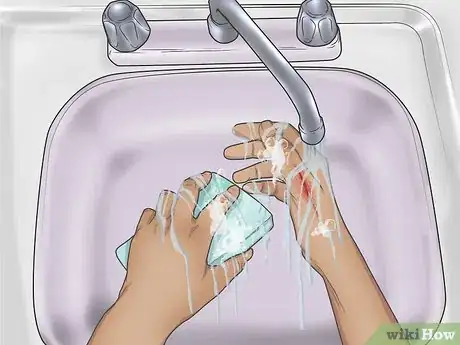
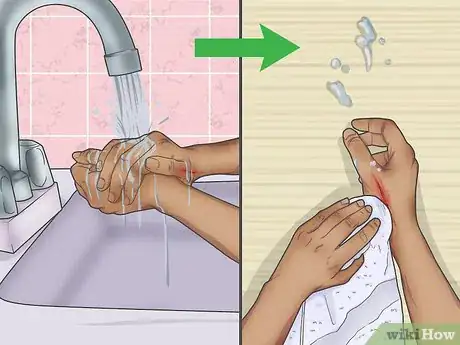
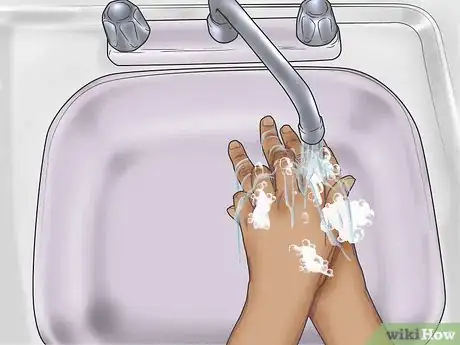
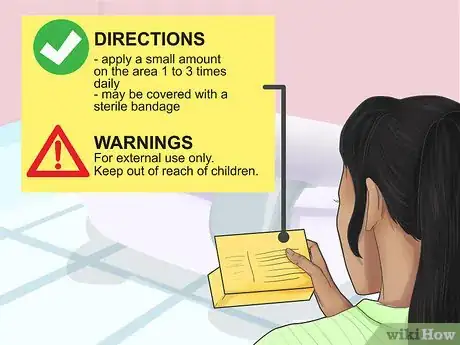
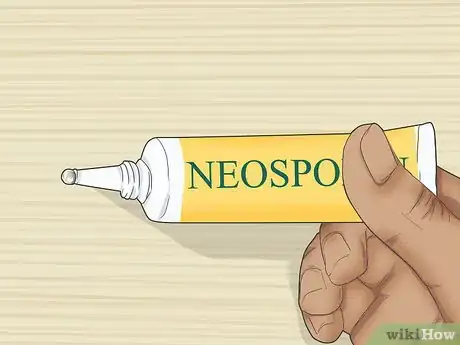


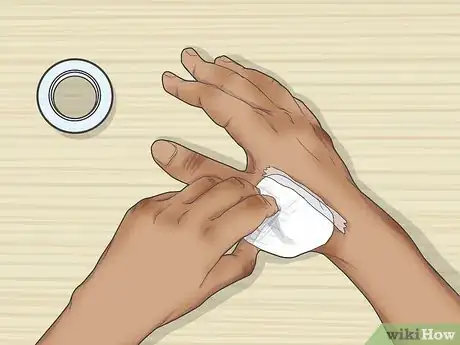
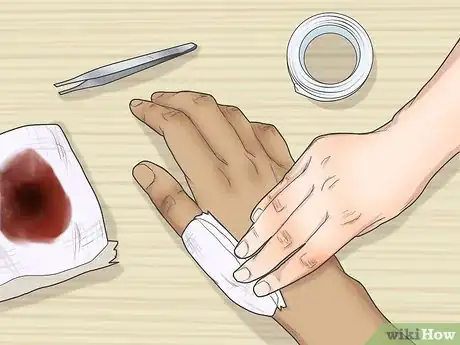
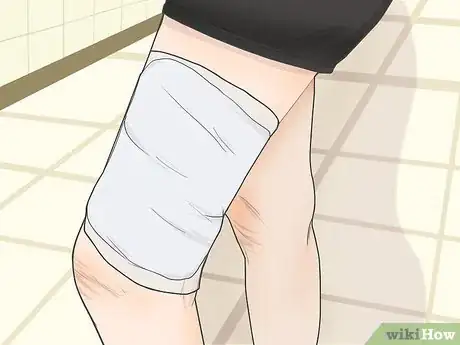
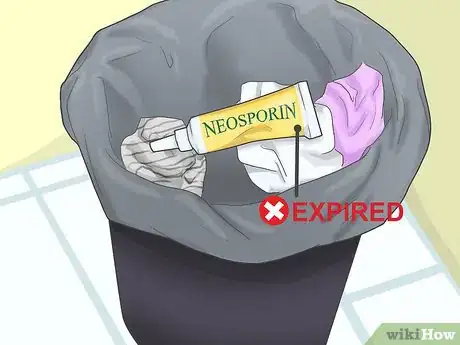
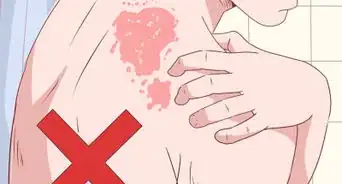
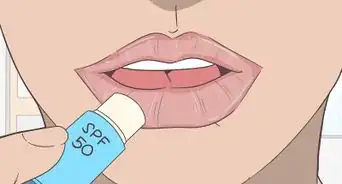
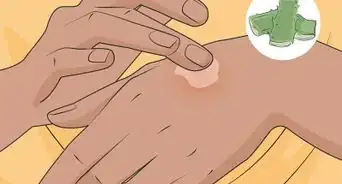
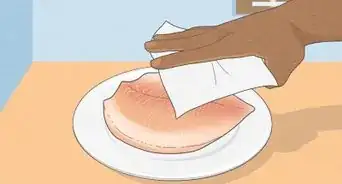
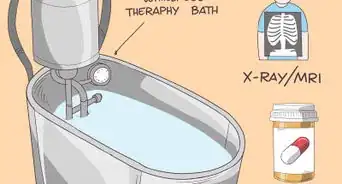
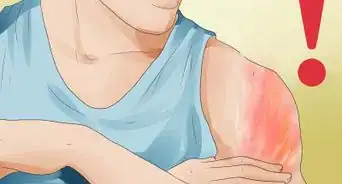





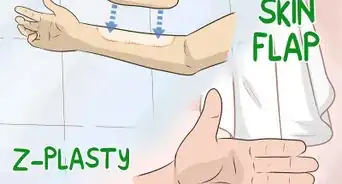

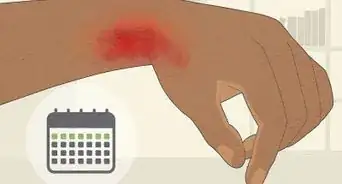







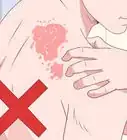
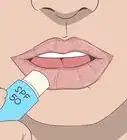
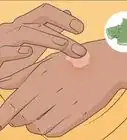
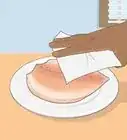



































Medical Disclaimer
The content of this article is not intended to be a substitute for professional medical advice, examination, diagnosis, or treatment. You should always contact your doctor or other qualified healthcare professional before starting, changing, or stopping any kind of health treatment.
Read More...